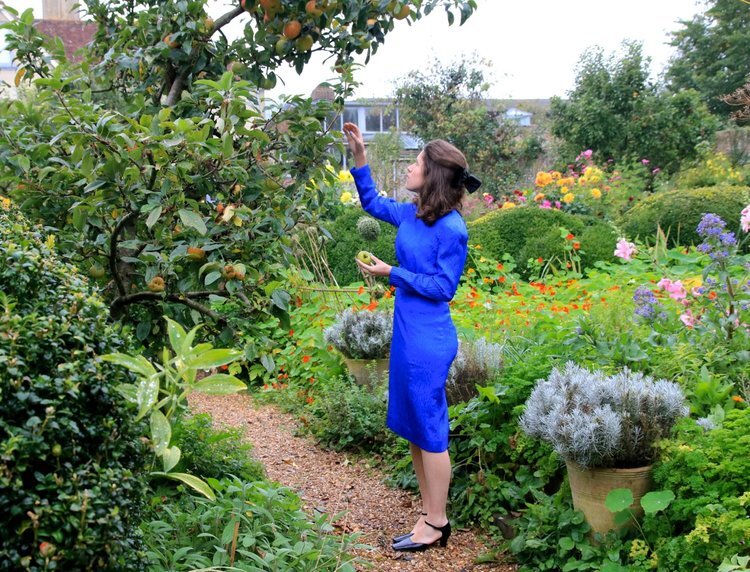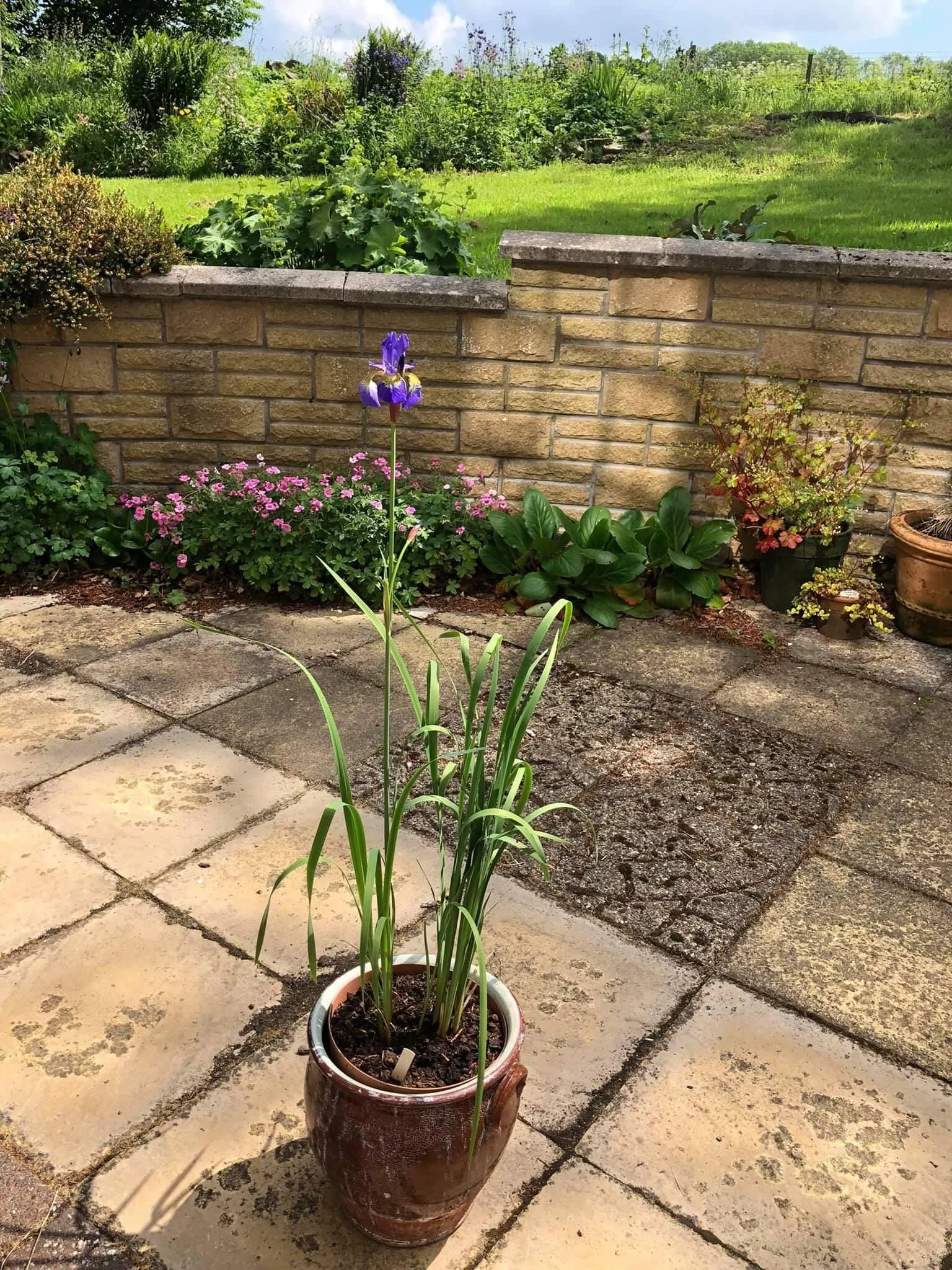Spying On Other Peoples Gardens
I have spent a lot of time with plants recently. Not with them in person, but instead, at my desk, enveloped in their names, their habits, their likes and dislikes, and what we as ‘gardeners’ in the UK perceive as their most important aspects.
And all of this time, more and more, a thought keeps rising to the surface. These plants, they are our food, our medicine, our oxygen. Without them we would be lifeless. They have been here for so long, and surely they will still be here once we are gone. We have woven our lives so deep into their lives, that it just isn’t possible to separate ourselves from them.
So why, why do we not place more importance on them? Why don’t we care enough?
Why do we not learn about them, cherish them, respect them? Revere them perhaps. Instead we use and abuse them, we destroy them, we ignore them. We use them for our own ends, when they are useful to us.
Why doesn’t every Brit know how to plant a seed, to nurture it and watch it grow, to know how to grow their own food. And why do I only have a vague idea as to how paper is made from trees, or T-shirts made from cotton, or that some plants in the UK are an unbelievable distance from their native homes.
The more I consider it, the more I realise how cut off we are from plant life, yet so reliant on it. And I feel a little embarrassed that I don’t know more about it.
So I am trying to get to know the plants I see everyday.
Two of my current every day pleasures are watching the birds to-ing and fro-ing in the trees below my window in London, with Henry. Pigeons, parakeets, smaller birds and even a seagull the other day. And I am so grateful that those trees are there, that someone chose to plant them, that they were nurtured and managed to grow, to survive all this time, and that they are still there, not destroyed by those people who need a bigger house, or more light in their kitchen. One is a Pyrus, a pear tree, the other two yet to be identified, one evergreen, the other deciduous, bare against the sky.
My other pleasure is spying on peoples front gardens. I love the weird and wonderful things they decide to grow - a single huge palm type thing surrounded by gravel - plants dumped and forgotten - some very unhappy tiny conifers squashed into window boxes, gardens completely devoid of all plant life, others manicured to perfection, a Magnolia tree that has perhaps gotten a little too big but is loved, and some gardens so wild I can’t help but wonder about this anomaly, the person who is happy to allow their plants free will. And then there are the plants that have escaped, a geranium flourishing in a pavement crack, seed purposely planted at the bottom of the tree on the pavement.
I also thought I would give you a little list of ‘plant positives’, things I have been reading and learning about, whilst trying to make sense of it all:
I planted nasturtium seeds bought from Herboo at Sproutl and they have grown - hurrah! I actually can’t quite believe that they are growing and flourishing and really doing very happily, thank you very much. I’ve moved some outside into a bigger pot (hope it doesn’t snow) and I’m so pleased. Note to all you people who don’t think you can grow - go plant some nasturtium seeds - they love bad soil, they don’t mind if you slightly neglect them. Fun facts, you can eat every part of them if you so desire, and they come originally from Peru arriving in the UK around 1684 (Tropaeolum majus, that is), perhaps Paddington was well acquainted with them.
I am in love with Ann-Marie Powell’s garden, featured the Spring 2022 issue of The English Garden. Seek it out, I love it, so wild and yet so tamed.
I actually don’t watch Gardeners World all that much - but accidentally tuned in a couple of weeks ago, and came across Rekha Mistry and her allotment. Her passion is contagious, I wanted to get started right away with growing all vegetables. I can’t get enough of her Burmese sour tomatoes.
I have a very click happy relationship with amazon, and am slightly obsessed with authors recommendations - Anna Pavrod sent me in the direction of Reader's Digest - Encyclopaedia of Garden Plants and Flowers, Richard Mabey introduced me to 'Geoffrey Grigson’s ‘The Englishman’s Flora’ and I am really enjoying ‘Flowers and their Histories’ Alice M. Coats which is regularly referred to by Maggie Campbell-Culver. I’m not going to give you links, hunt for these books as you will.
I have also joined the YPHA - Young People in Horticulture Association, which I think is a great thing, and if your great age is not too great, and you work in a horticulture related job - I thoroughly recommend. A welcoming community with good ideas and helpful advice.
I will let you know how my plants consideration continues.
(I am also having a crisis about the divide between my online and offline self. But that is for another day.)



